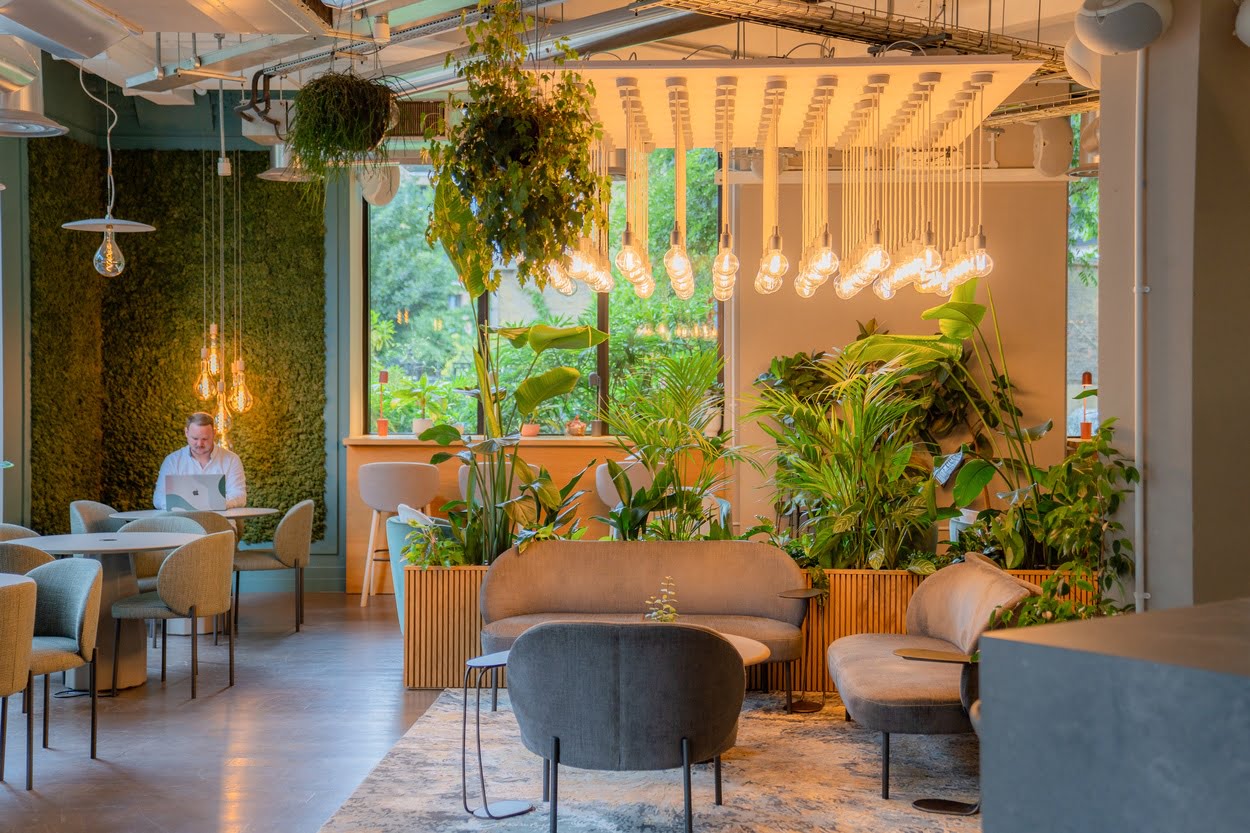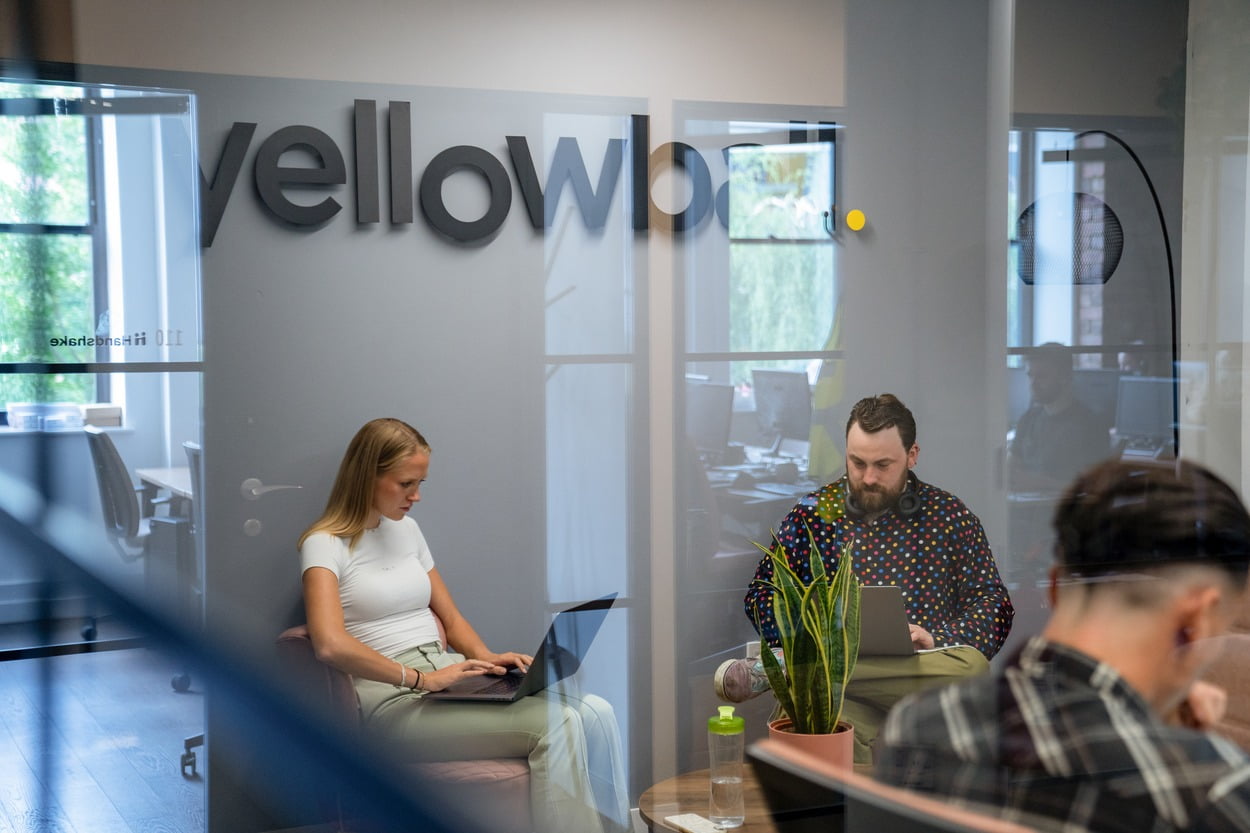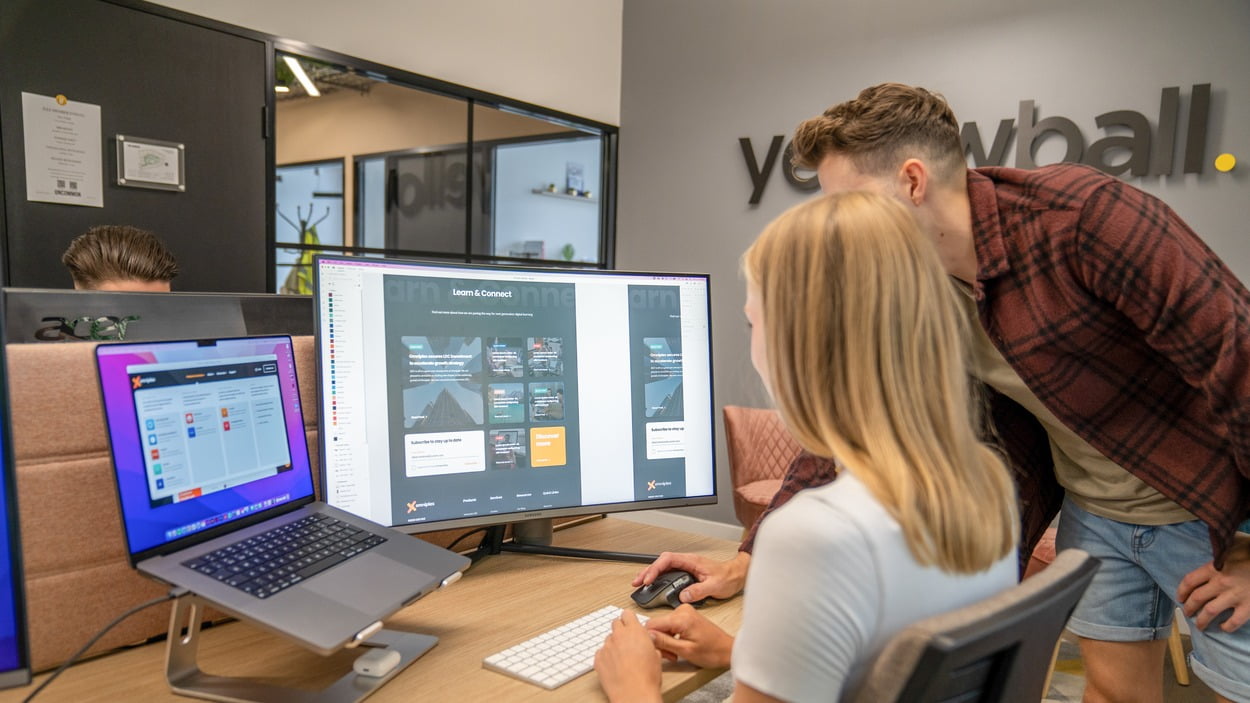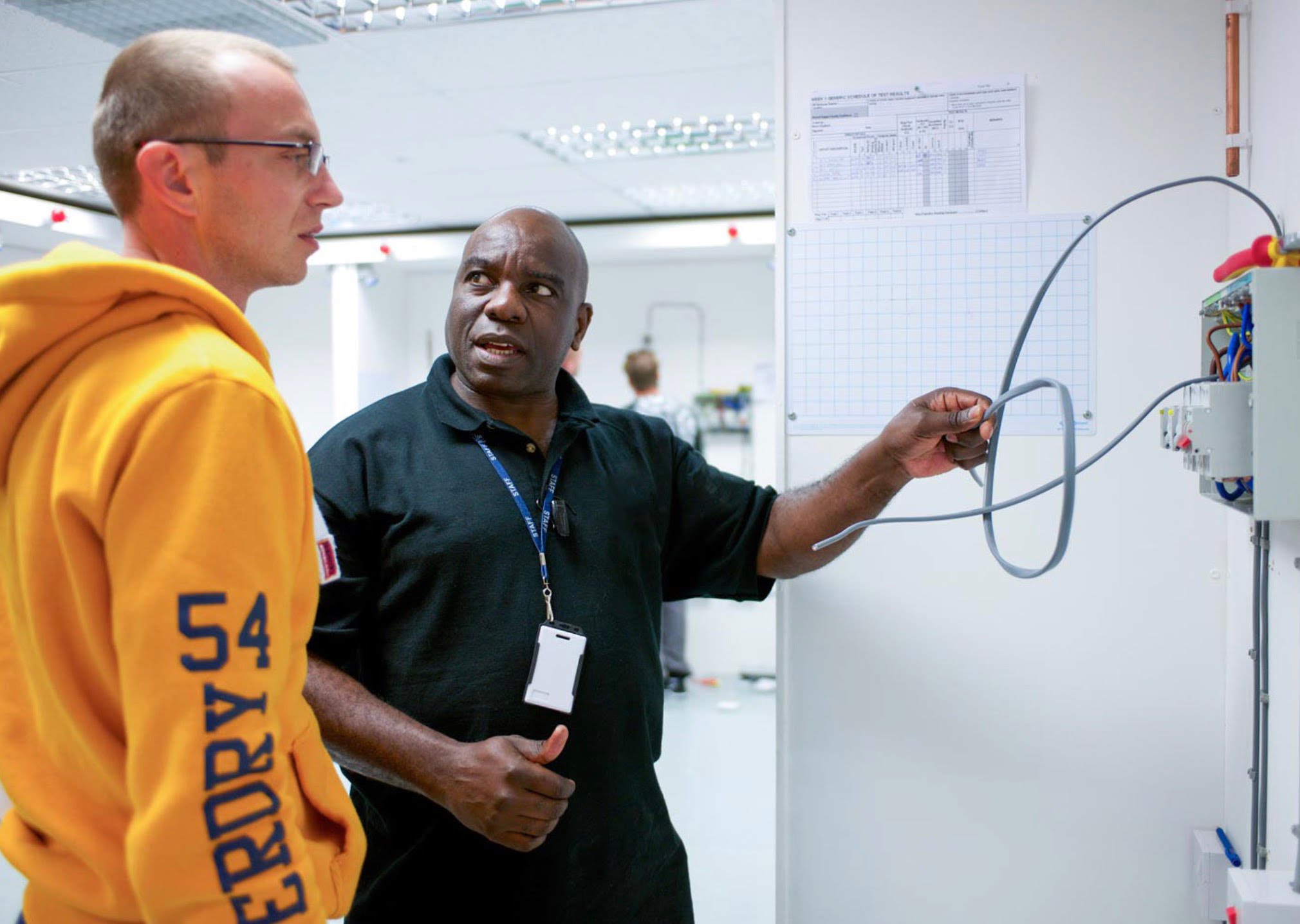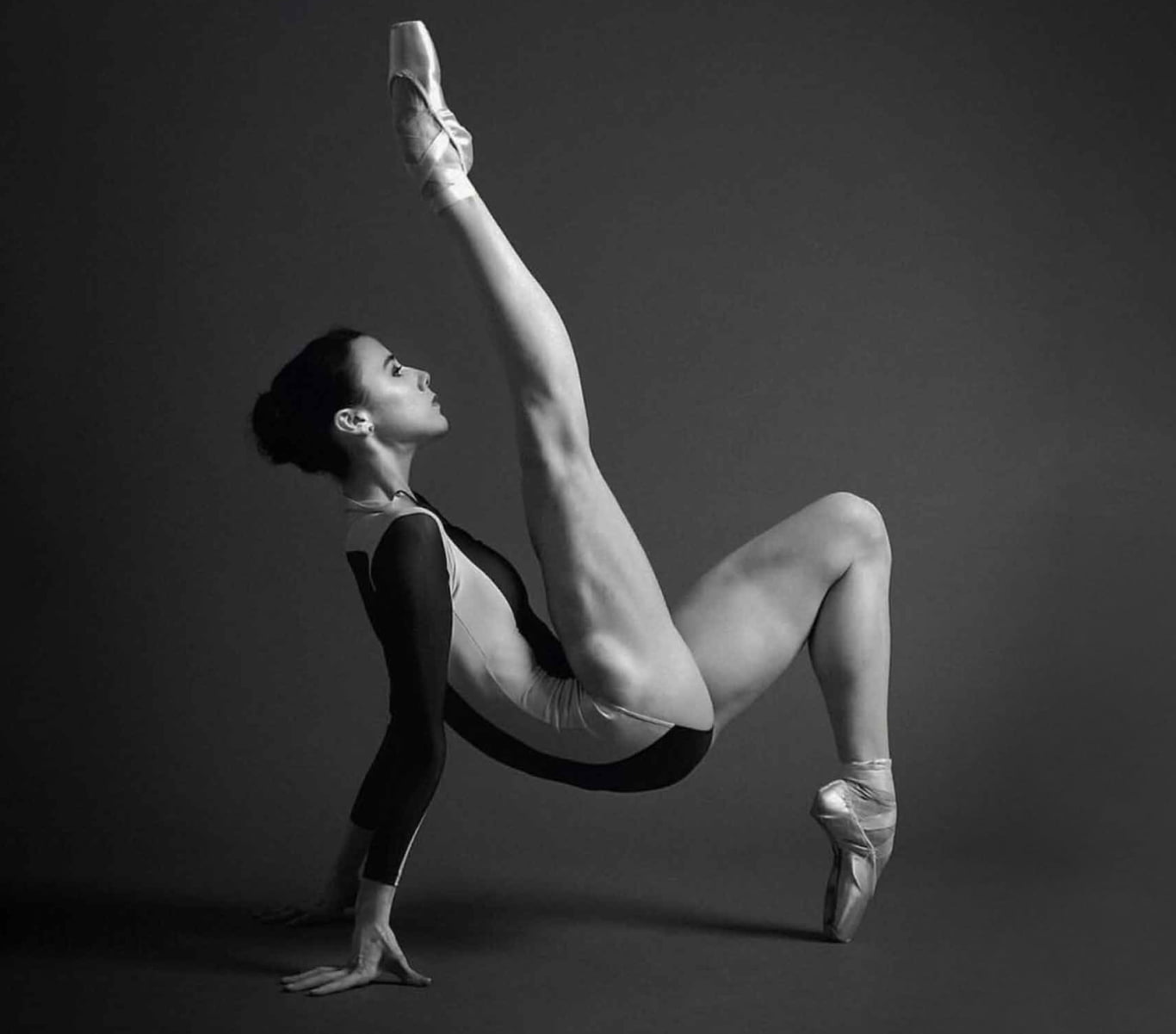Minimalist design is everywhere. As a trend, it has been around for a long time with varying levels of popularity. While there are plenty of examples of early minimalism, its current form dates from the post-war era especially, such as Architect Ludwig Mies van der Rohe’s infamous “Less is more” quote. It is characterised by a complete focus on what is valuable and essential to the user, minimising or stripping away any unnecessary distractions.
In a society where our senses are increasingly overstimulated, minimalism is a movement with ever growing popularity as people crave a break from sensory overload. As a result, it is now well and truly mainstream. Furthermore, most people have much less time on their hands and often demand information or results instantly. Therefore as designers, when we consider creating a website, our primary focus is how we can get the user to the content they want in as few steps and with as few distractions as possible.
Examples of minimalist designs
Websites such as Apple (yes, a very overused example but still one of the best) use exactly what is needed and no more. This works very well for their main target audience who will be tech savvy and do not need much guidance around the website. There are two simple calls to action, an enticing image, a catchy title, the menu and nothing else to distract the user from the product.
Brands such as Snapchat, Instagram, Shell, Microsoft Windows and Mercedes (to name but a few) have gradually reduced and refined their logos over the years. This has not meant changing the core of the logo, but simply stripping away elements which are or have become redundant. The example below demonstrates how the Microsoft Windows logo has gradually become more minimal. Now it is just a simple four rectangles, using one colour and a perspective angle to give the effect of a window. Interestingly they appear to have gone full circle with similarities to their original logo over 30 years ago, but I guess they do say that fashion is cyclical!
Photo credit: blogs.msdn.microsoft.com
Pros
- Places emphasis on content. Minimalism allows us, as designers, to place emphasis on the content which promotes good UX so that the user can easily access what they are looking for.
“Good design is obvious, great design is transparent” – Joe Sparano, Design Lecturer
- Works well for responsiveness. If you are creating a website or updating an existing one, it is important to understand the advantages of a design which is not only optimised for both mobile and desktop viewing but should also address the mobile designs first – or at the very least run the two designs side by side. A minimal design will usually adapt more smoothly and consistently to different screen sizes than a website design that has more complex elements.
“More websites are now loaded on smartphones and tablets than on desktop computers, a milestone that underlines how computing is rapidly shifting to mobile devices and which threatens companies reliant on traditional PCs. Statcounter, a research company that tracks internet use across 2.5m websites, said 51.3pc of pages were loaded on mobile devices in October, the first time they have surpassed desktop and laptop computers.“ – James Titcomb, Daily Telegraph
- Keeps loading times down. When there are fewer elements on a page it will load quicker. This means far better UX and lower bounce rates, so you can keep visitors exploring your website and engaging with your brand. This is even more pertinent with mobile usage increasing due to generally slower internet speeds on mobile.
- Does not date quickly. Trends change very quickly so if you base a design on the trends of the time it may well age quicker than a more minimalist approach. Keeping the focus on the content means it can be updated very easily to maintain the attention for the user and improve those all important return visit rates.
- More attention grabbing. Picture a supermarket shelf full of products. Mostly these are a sea of competing colours, fonts and logos. If one product has minimal content and makes good use of space then its packaging will create a void in the sea of packaging, therefore drawing the eye to itself.
- Versatile. Minimalism works well with elements from other styles and trends. Small elements can be added to an overall minimalist design to give it some personality and individuality to compliment your brand identity.
Cons
There are several potential pitfalls which will need work and creativity to overcome in order to achieve a successful minimalist design.
Simple is not necessarily easier. Often minimalism is perceived as requiring less work because it is not as obvious or complex. A common misconception is that the simpler something is, the easier it is to achieve the end result; accordingly, there is a danger of the completed design being underwhelming. Some argue that it is universally accessible and achievable by even those with little skill or experience but a minimal design executed by an amateur is very likely to look cheap and lifeless. In fact, the converse is usually more accepted: great minimal design requires significant experience to produce correctly.
Difficult to let go. You may want to include elements or features because you like them, but it may not be appropriate to use them. As designers, we all have styles and trends which we like and clients have ideas and goals which they want. One way to make these decisions is to utilise your analytics data to see whether call to actions are actually clicked (either through setting up conversions or using the user flow tool). If a CTA is not achieving the goals it is designed for then there is no point using it.
Easy to lose the individuality of a design. By stripping away the more decorative elements there is a risk of removing what makes a website or brand easily recognisable.
Conclusion
Minimalism is not for everyone. Some businesses just wouldn’t suit a minimalist design. However, a minimalist thought process at least in the early stages of a project will definitely prove valuable for just about everyone even if the end design is on the opposite end of the scale. The core principles of focussing on the core aspects of the product, service, piece or whatever might be being designed can be utilised to help increase conversion rates, user flows and brand messaging.
Minimalism is not a trend that has appeared in the last 6 months and may disappear just as quickly. It is a widespread design practice (just look at the Scandinavians or parts of Japanese culture) and is set to continue growing. We love the fact that minimalism is now mainstream in the web design world and, as above, we would recommend following its core principles in the early stages of a web project to focus your team on the website’s objectives, or indeed any design project for that matter!



